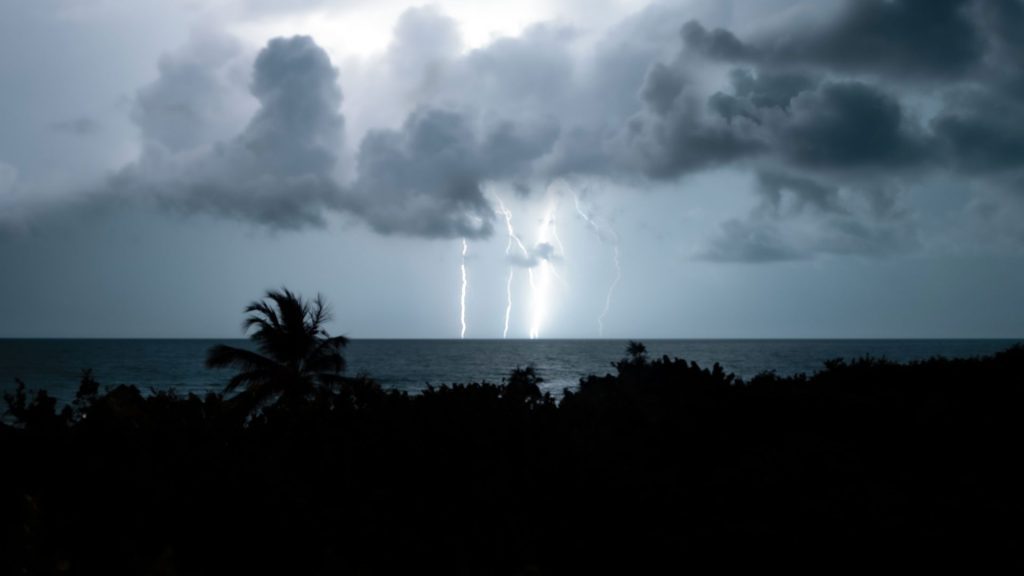
Oceanic cycles — chemical, physical and biological — are related to cyclic processes in the Earth’s atmosphere, such as the seasons, El Niño events, and long-term climate changes.
The ocean plays a central role in Earth’s primary natural cycles—particularly the carbon and water cycles—which regulate the climate, support life, and shape global systems. Oceanic cycles are complex interactions between the ocean, atmosphere, land, and living organisms, making the ocean a critical engine for planetary balance.
The carbon cycle traces the movement of carbon between the atmosphere, the ocean, the land, and living organisms. A key component of this cycle is the biological carbon pump, a process driven by tiny oceanic plants known as phytoplankton. During photosynthesis, phytoplankton utilize carbon dioxide from surface waters, thereby helping to regulate atmospheric carbon levels. When these organisms die or are consumed, carbon can sink to the deep sea, where it is stored for centuries or longer.
The water cycle is driven by the sun. It describes how water moves through the processes of evaporation, condensation, precipitation, and runoff. Water is constantly in motion, shifting from reservoirs such as oceans, lakes, groundwater, and ice, up into the atmosphere and back again.
Earth’s ocean cycles represent the dynamic exchange of matter and energy among the ocean, atmosphere, and land. By studying these cycles, oceanographers uncover how changes in ocean chemistry and circulation impact climate and ecosystems.
All Topics on Cycles
Biological Carbon Pump
The biological carbon pump moves carbon from the surface ocean to the deep sea, helping store atmospheric CO₂ for hundreds to thousands of years.
Carbon Cycle
Carbon is the building block of life on Earth and has a powerful impact on the planet’s climate.
Water Cycle
The water cycle describes the continuous movement of water on, above and below the surface of the Earth.

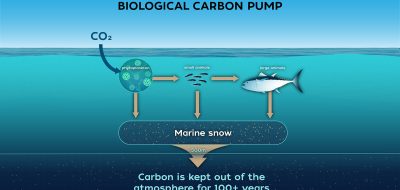
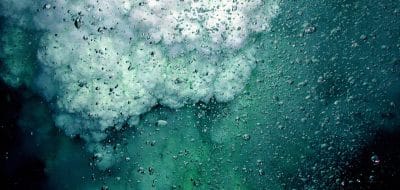

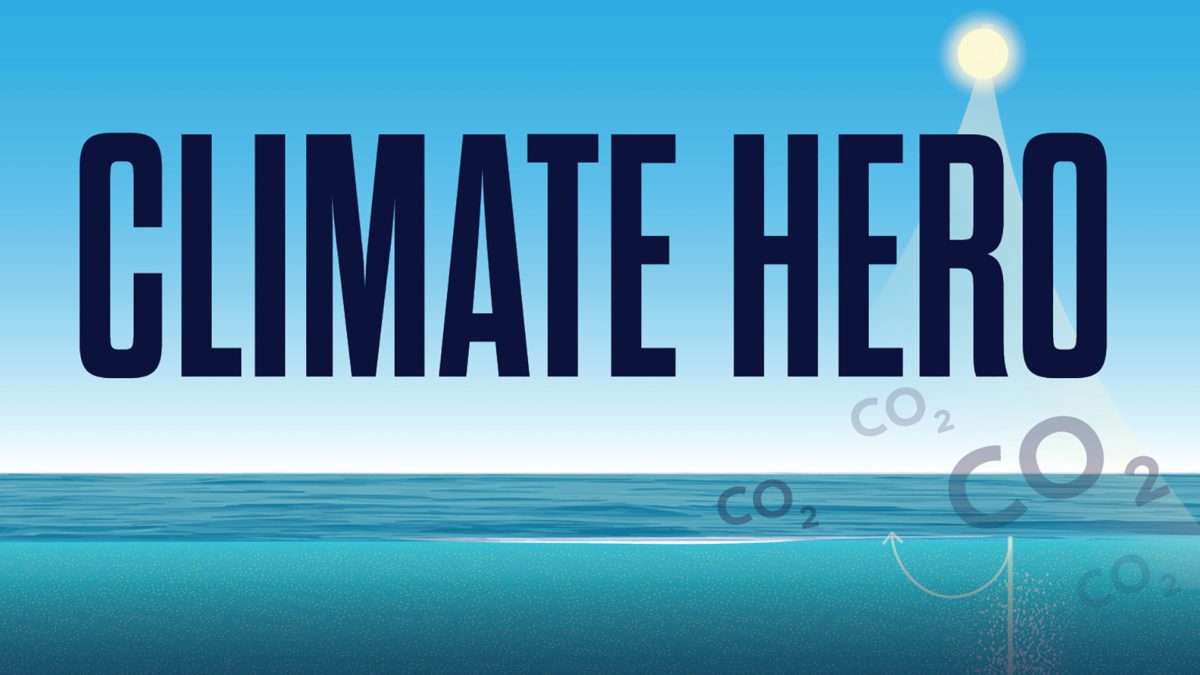
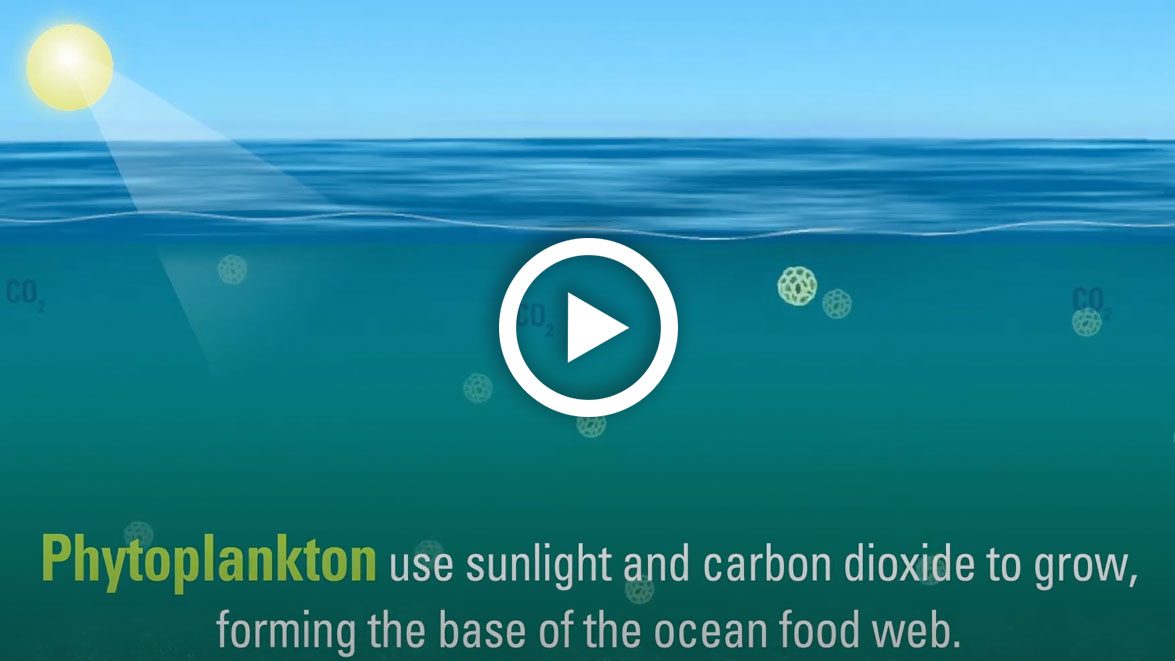
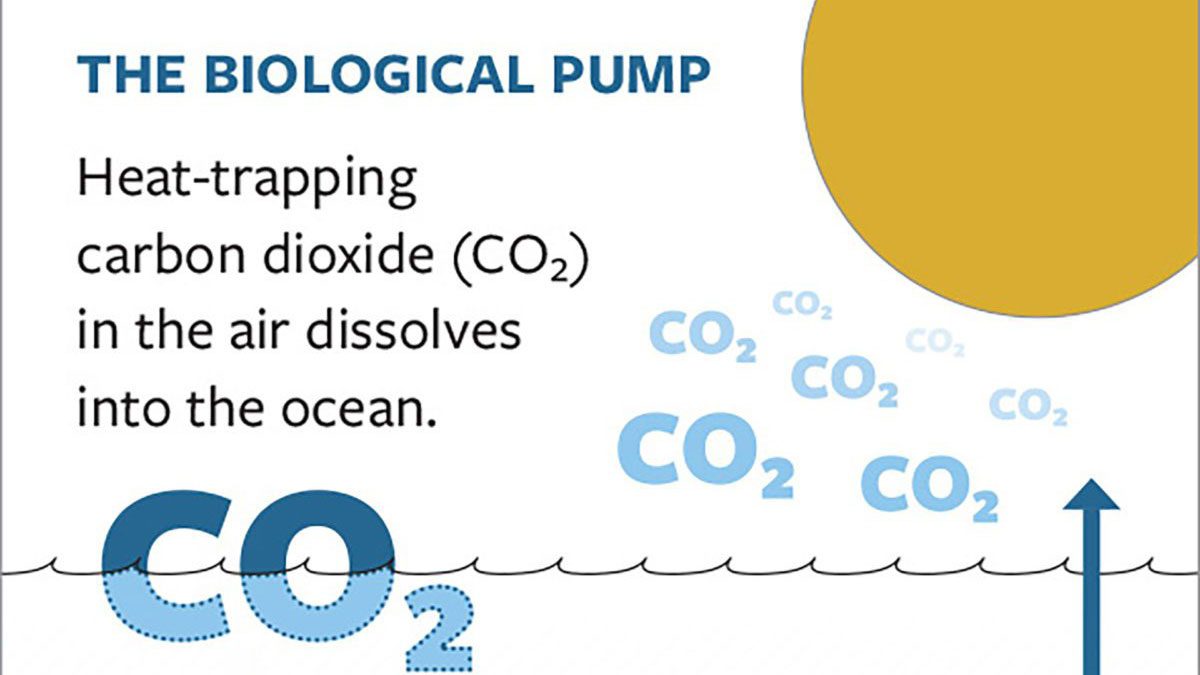
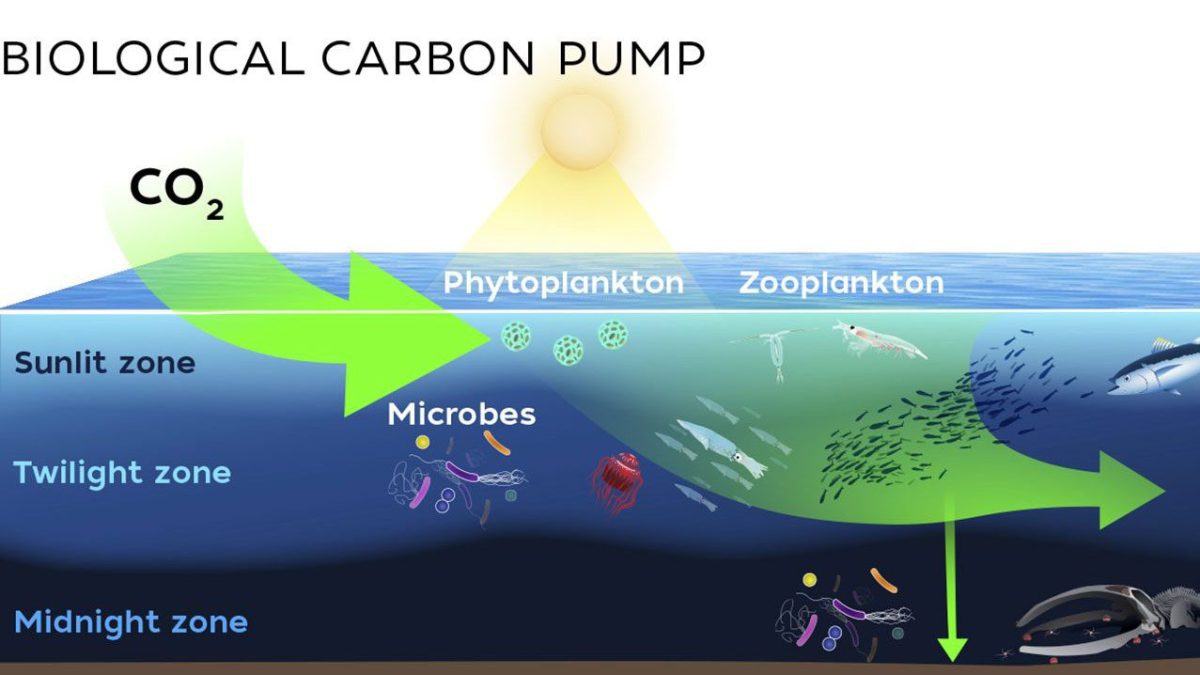
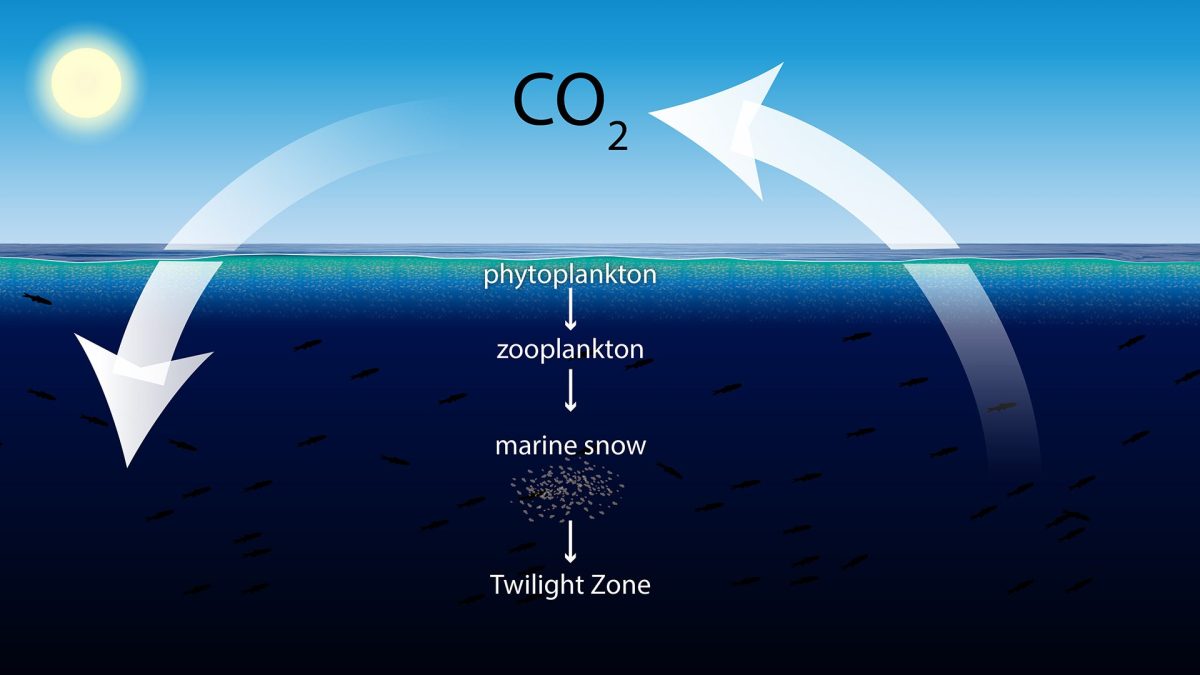
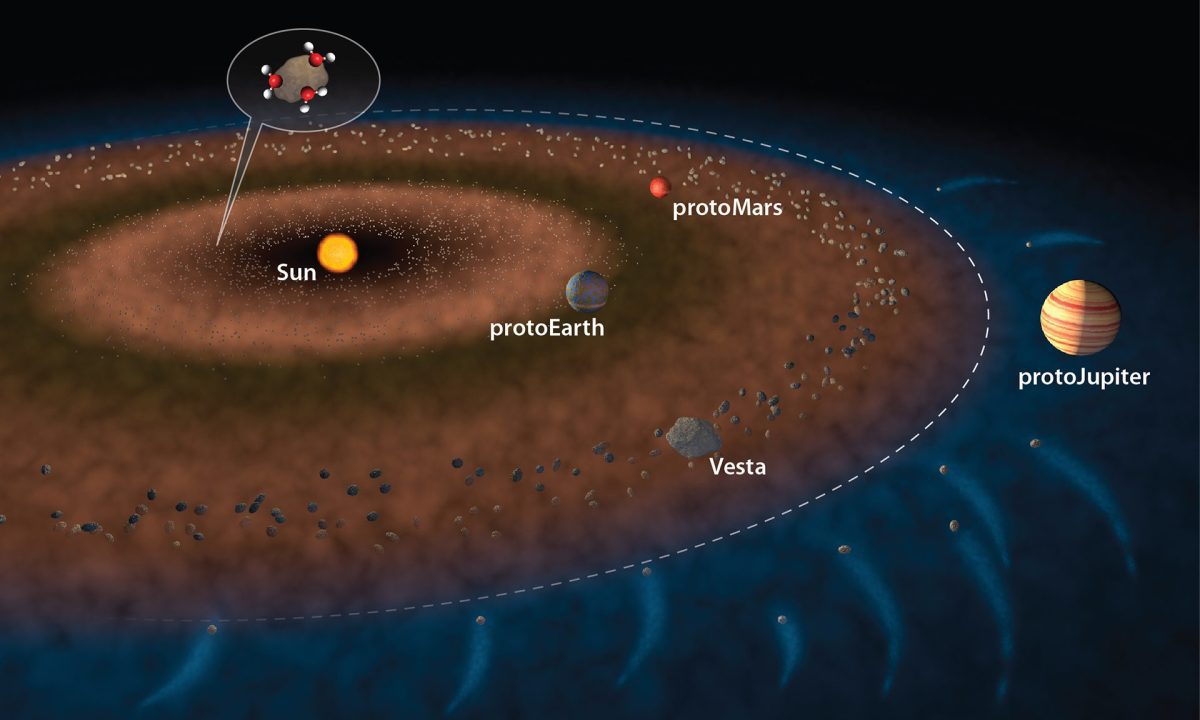
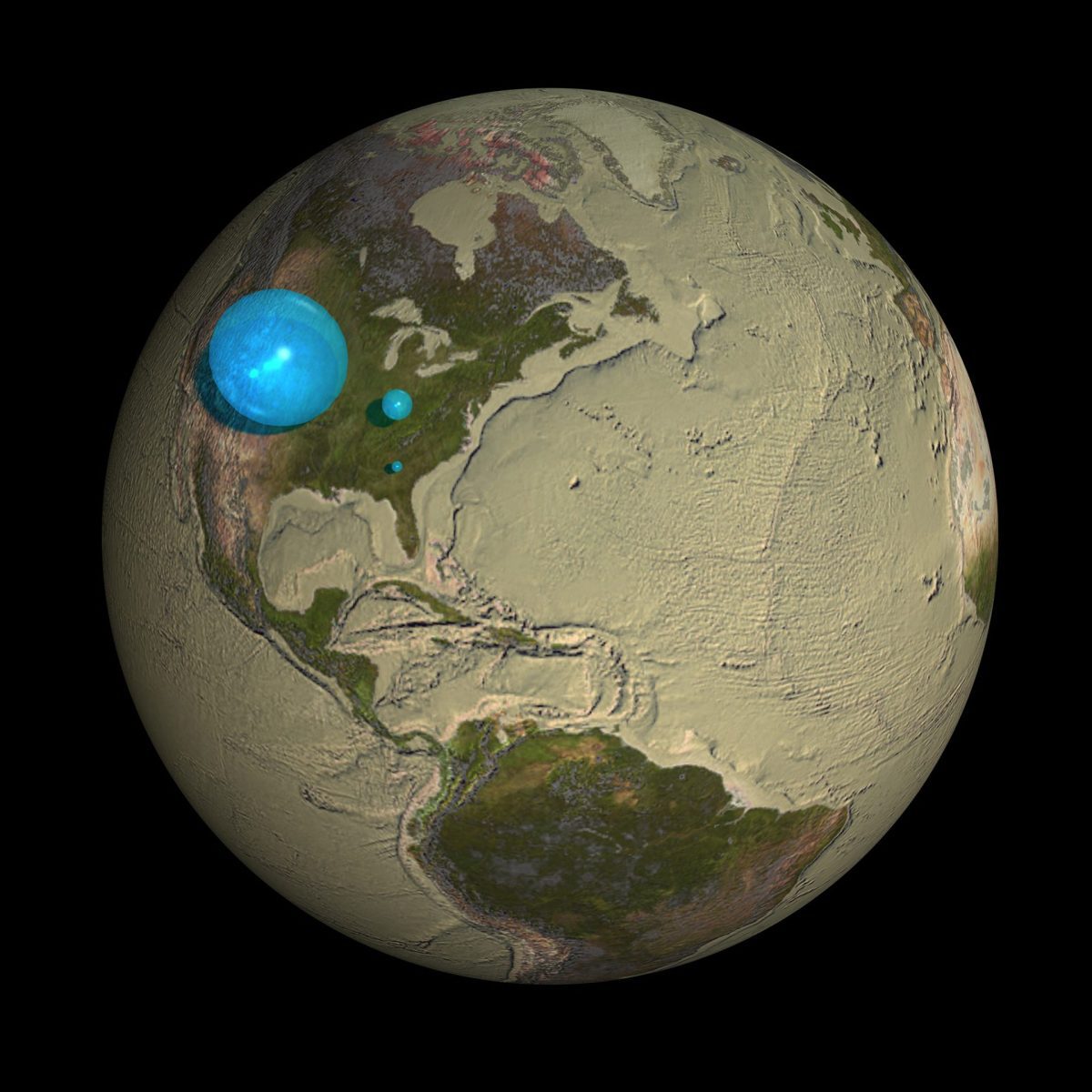
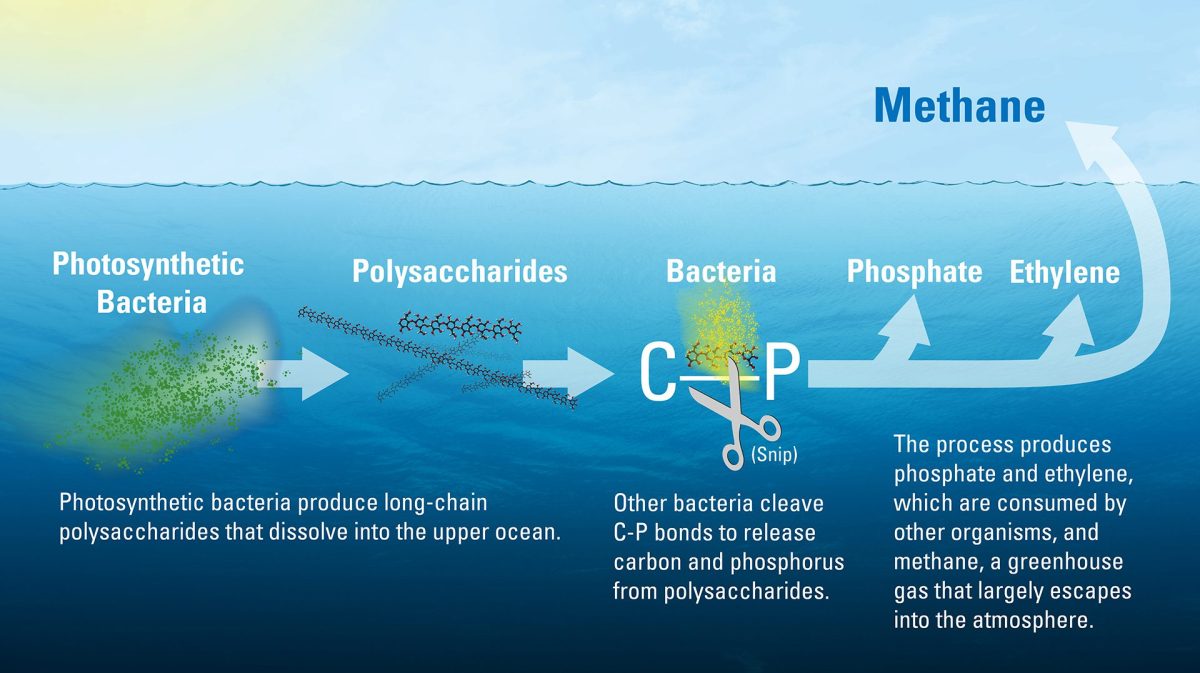
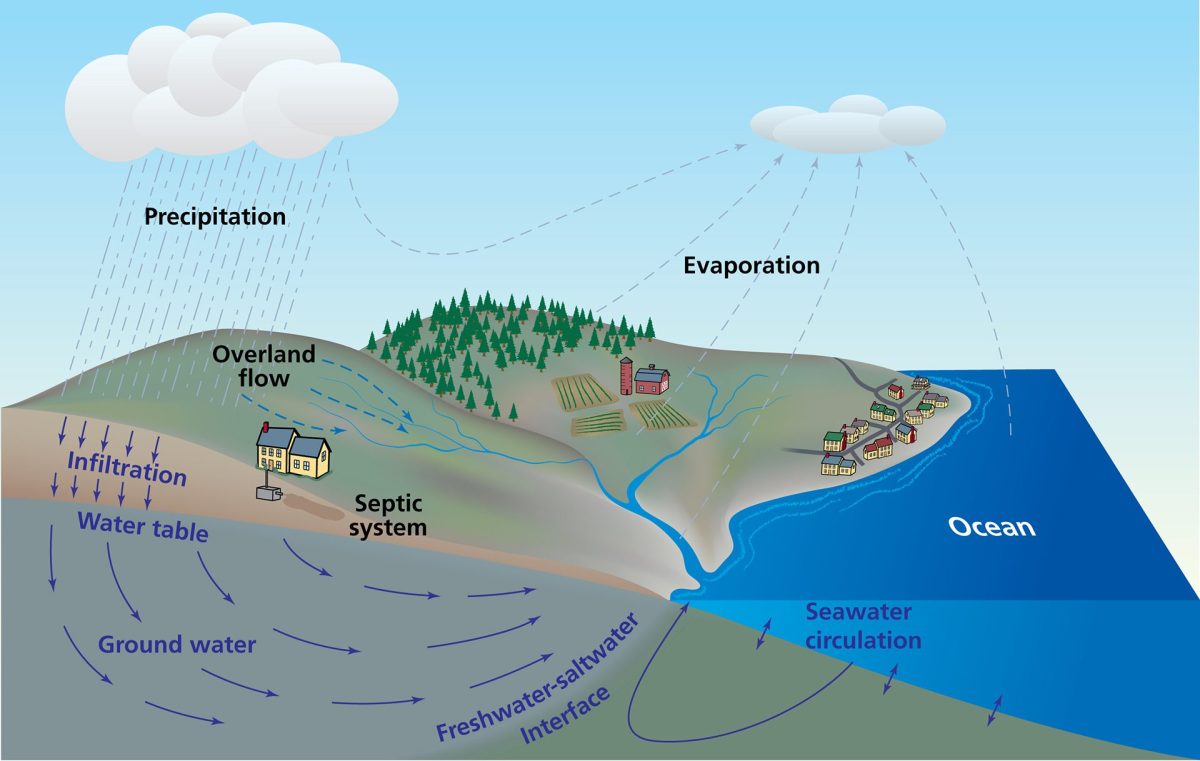
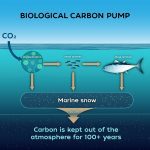 Biological Carbon Pump
Biological Carbon Pump  Carbon Cycle
Carbon Cycle  Water Cycle
Water Cycle